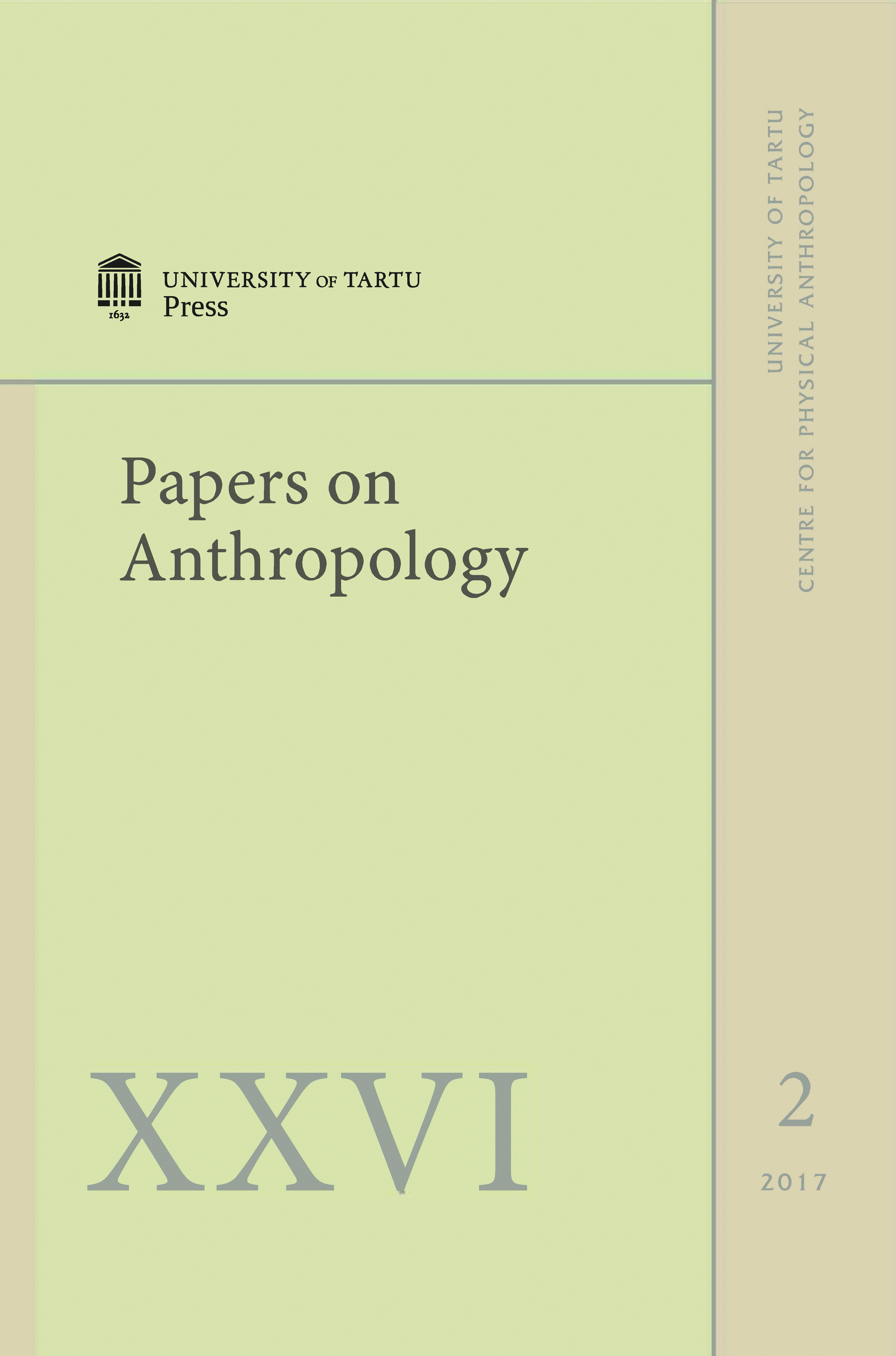Tracing the historical origin of Joseon mummies considering the structural similarities between the burial systems of Korean and Chinese dynasties
DOI:
https://doi.org/10.12697/poa.2017.26.2.07Keywords:
Korea, China, mummy, Joseon, Song, Yuan, Ming, Qing, lime-soil mixture, Hoegwakmyo, sticky-rice-paste sealed tombAbstract
Joseon mummies have proved to be excellent subjects for scientific research on the health and disease statuses of pre-modern Korean peoples. Despite its academic significance, the origins of the Hoegwakmyo tomb in which the Joseon mummy was discovered have not yet been entirely revealed. Meanwhile, over the past several decades, there have been some reports on mummies and cultural artifacts preserved very well in the tombs of several Chinese dynasties (especially Song, Yuan, Ming and Qing). Although the Chinese tombs were very diverse in structure, we note that some graves among them were structurally very similar to Joseon Hoegwakmyo tombs. Before the Hoegwakmyo tomb in Korea, there were already similar tombs in China, inside which dead persons were mummified like the Joseon mummies. Considering that the Hoegwakmyo tomb of the Joseon Dynasty was established by the influence of the Confucian ideology, the Korean and Chinese mummies might share common cultural origins in history.Downloads
Download data is not yet available.

